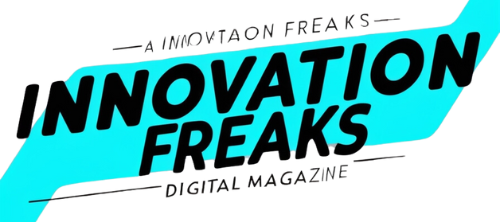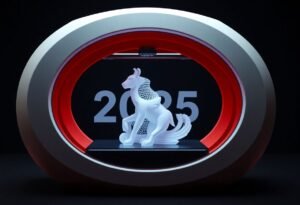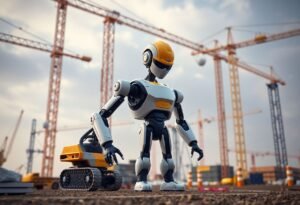The emergence of 3D printing technology is revolutionizing the art world, enabling artists to push creative boundaries and innovate in ways that were once unimaginable. This advancement not only allows for the creation of intricate sculptures and installations but also democratizes access to art-making tools.
The Innovative Potential of 3D Printing in Art
3D printing is redefining the traditional understanding of art production. Artists can now design pieces using digital software, translating their visions into tangible creations. The process offers unparalleled precision and the ability to replicate intricate details, which are challenging to achieve through conventional methods. For instance, sculptures that were previously limited to clay or bronze can now be designed digitally and produced quickly with a variety of materials. The result is a new genre of art that blends technology with creativity, pushing the boundaries of what art can be.
Accessing New Materials Through 3D Technology
Another significant impact of 3D printing in art is the access to diverse materials. Artists now have the ability to use plastics, metals, and even bio-materials to fabricate their works. This material versatility not only enhances the aesthetic qualities of the artworks but also raises discussions about sustainability in art making. By employing eco-friendly materials, artists can create pieces that are not only stunning but also mindful of their environmental impact. Additionally, the ability to experiment with new materials can inspire innovative practices within the art community.
Collaboration and Community Building
The rise of 3D printing is fostering a new sense of community and collaboration among artists. Through online platforms and makerspaces, creators can share designs and collaborate on projects across the globe. This interconnectedness breaks down geographical barriers, allowing artists to exchange ideas and techniques freely. The collaborative nature of this technology encourages innovators to push their creative limits further, exploring new possibilities in their work. Consequently, the art world is becoming more inclusive as emerging artists gain exposure and opportunities to showcase their talents.
Preserving Cultural Heritage
3D printing isn’t just for creating new art; it is also playing a crucial role in preserving and restoring cultural heritage. Museums and cultural institutions are beginning to use this technology to create replicas of historical artifacts, allowing for research and education without risking the integrity of the originals. This practice enables wider access to cultural heritage, allowing more people to engage with and learn about history. Moreover, 3D printing can facilitate the restoration of damaged pieces, ensuring that art from the past can continue to inspire future generations.
The Economic Landscape for Artists
The integration of 3D printing into the art market is also altering the economic landscape for artists. As production costs decrease, artists can explore new avenues for revenue generation. For instance, artists can create limited runs of prints or unique items that cater to varying price points for collectors. This versatility can help artists sustain their practices while reaching broader audiences. Moreover, the ease of creating and customizing works can lead to heightened demand as consumers seek unique art pieces for personal use.
Challenges and Future Directions
While the benefits of 3D printing are substantial, there are also challenges that artists face in this evolving landscape. Technical limitations and the learning curve associated with mastering new software can hinder some creators. Additionally, issues such as copyright and ownership in the digital realm remain unresolved. As the technology continues to evolve, it will be crucial for the art community to address these challenges while embracing the innovation and possibilities that 3D printing offers to artists worldwide.
Disclaimer: This content is intended for informational purposes only and does not constitute professional advice.





















